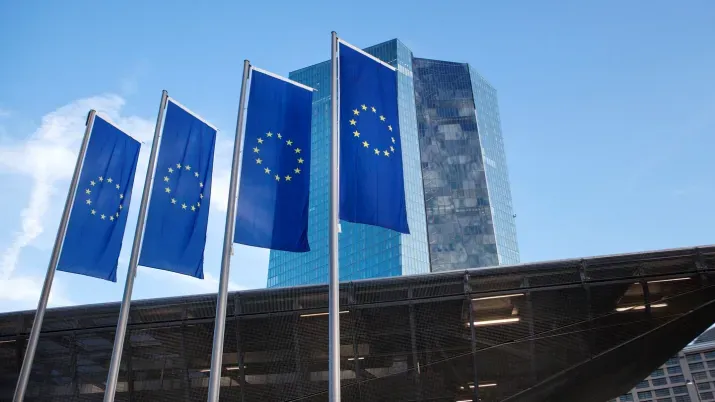Thoughts on EM
TwentyFour
Emerging Market (EM) bonds have had a good year so far. While they are not at the very top of the performance table, the hard currency CEMBI (Corporate Emerging Markets Bond Index) is up 5.69% in $ since the start of the year, and the EMBI (Sovereigns) is up 6.32%; not bad at all. If we take a slightly longer timeframe though, EM is actually at the top of the bond performance table. After a horrible Q2 2018, where Turkey and Argentina were in the headlines on a daily basis for all the wrong reasons causing generalised contagion across the asset class, the second half of the year was very good on a relative basis for EM hard currency. The CEMBI index outperformed both US HY and EUR HY by almost 4% in H2 2018.
Catalysts for this performance began with attractive valuations after the sell-off in Q2 2018, however, market participants were particularly persuaded to enter EM after the Fed’s pivot on rate hikes, meaning the prospects were out there for a period of weaker $ performance versus EM currencies and less pressure on EM economies to follow suit with rate hikes of their own. The flows into EM this year have consequently been substantial, and have fuelled the almost unbroken strong performance year to date.
Over the last couple of weeks however, we have once again seen Turkey and Argentina in the headlines for all the wrong reasons. Particularly worrisome is the situation in Argentina ,where the chances for another default are clearly rising. Argentina has presidential elections in October this year and the prospect for a victory of incumbent and pro-business Mauricio Macri (or someone from his coalition) has moved down in recent months. It is to be expected that the deterioration in inflation, the involvement of the IMF (again), and a steep recession that shows no sign of stabilisation have had an impact in Macri’s popularity. We are not aiming to predict the result of the elections, but it is fair to say that, given the rest of potential candidates that could win it are not exactly market friendly to say the least, volatility is unlikely to go away and stakes are quite high and it is therefore no surprise that the default worries are already surfacing.
Emerging Markets’ flows can turn quite rapidly, and after a good run the bar for a negative catalyst to cause contagion is lower. When we have seen this sort of contagion across EM in the past, though sometimes it makes little sense from a fundamental point of view, it has nevertheless brought about mark-to-market losses. Generally speaking, due to this very fact, opportunities can open up but one needs capacity to add in order to take advantage of them. Accordingly we expect investors to look to lighten up on those EM positions that have rallied the hardest, have longer credit spread durations, or are lower in credit quality. We stress that this does not mean we think the asset class looks particularly expensive compared to other asset classes, and we think attractive opportunities from a fundamentals point of view are still there for those who do the work. This has more to do with tactics, and getting ahead of potential outflows that we may see in coming weeks. This week we saw the first weekly outflow from EM fixed income since mid-February which might be a sign of the turning tide.







